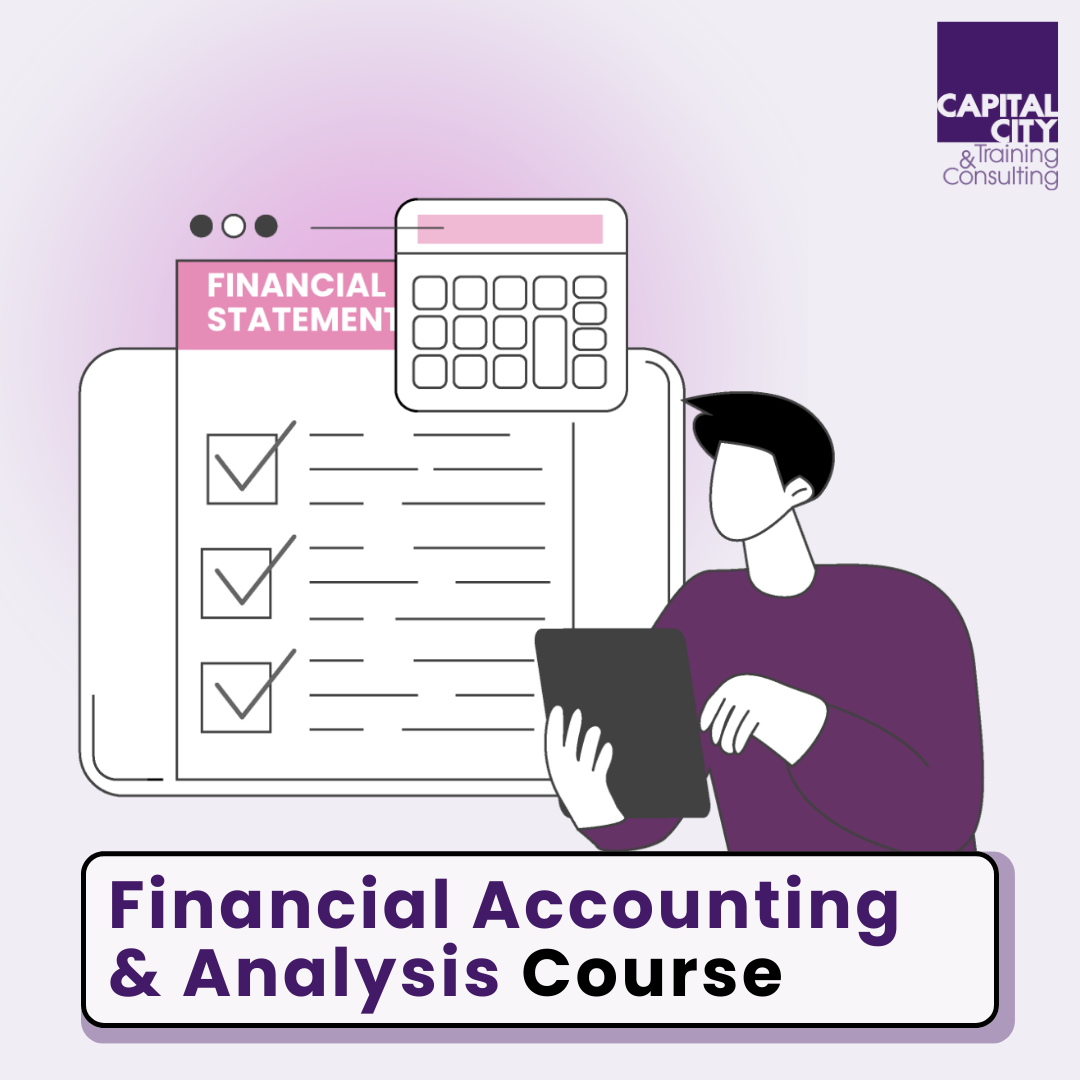Risk-free Rate (RF): Formula, Analysis and Examples
In the realm of finance, the risk-free rate plays a pivotal role in various theoretical models and practical applications. It serves as a foundational concept, influencing numerous financial decisions and calculations. This article delves into the intricacies of the risk-free rate, its formula, analysis, and examples, providing a comprehensive understanding of this essential financial metric.
Article Contents
- What is the Risk-Free Rate?
- Formula for Calculating Risk Free Rate
- Types of Risk-Free Rate
- Risk Free Rate and Inflation
- How does Risk Free Rate affect CAPM?
- Interpreting Risk Free Rate in Finance
- Examples and Case Studies for Risk Free Rate
- Limitations and Criticisms of the Risk-Free Rate
- Relationship between Risk-Free Rate and Monetary Policy
- FAQs
Key Takeaways
| Topic | Key Takeaways |
| Definition |
|
| Practical Application |
|
| Types |
|
| Inflation Relationship |
|
| CAPM Usage |
|
| Limitations |
|
| Monetary Policy Impact |
|
What is the Risk-Free Rate?
The risk-free rate, often denoted as Rf, is a theoretical rate of return that represents the minimum expected return someone would expect to yield from a risk-free investment.
It is a crucial component in various financial models, such as the Capital Asset Pricing Model (CAPM) and the Weighted Average Cost of Capital (WACC) calculations. It can also be used in investment returns analysis in ratios such as the Sharpe ratio.
The risk-free rate is considered to be the rate of return on an investment that carries no risk of default or loss of principal. In practice, government-issued securities, such as Treasury bills, bonds, or notes, are commonly used as proxies for the risk-free rate because they are considered to have negligible default risk. Note that all these securities (bills, notes, bonds) will have different maturities, so in reality we have to choose the most appropriate maturity for the purpose of our model or ratio.
Formula for Calculating Risk Free Rate
The formula for calculating the risk-free rate varies depending on the specific investment instrument used as a proxy. For Treasury bills, the risk-free rate proxy is simply the yield on that T-bill. If you know the current price of the T-bill, you can use a simple time value formula to determine the annualised yield to use as Rf. The formula is:
Risk-Free Rate = [(1+ Periodic Yield) ^ (365 / Days to Maturity)] – 1
Where:
- Discount is the difference between the par value and the purchase price of the Treasury bill.
- Par Value is the face value of the Treasury bill.
- Days to Maturity is the number of days remaining until the Treasury bill matures.
This formula is essentially computing the Yield on the T-bill and then annualizing it.
Example: Take this data on a current T-Bill issue, and we will calculate the annualized yield to use as a proxy for the risk-free rate:
| $ | |
|---|---|
| 98.76 | Bill Purchase Price |
| 100 | Par Value |
| 91 | Days to Maturity |
Yield = 100 – 98.76 = 0.0112556 = 1.2556%
This is the 91-day yield, so now we need to annualize to give a more useful and comparable figure. To annualize:
(1 + 0.0112556) ^ (365/91) = 1.051322
then -1 = 0.051322 or 5.1322%
For Treasury bonds or notes, the yield to maturity (YTM) is commonly used as the risk-free rate.
Types of Risk-Free Rate
There are different types of risk-free rates, depending on the investment instrument and the time horizon considered. Some common examples include:
- Short-term risk-free rate: Represented by the yield on Treasury bills with maturities ranging from 4 weeks to 52 weeks. This would be used as a Risk-free rate in the Sharpe ratio, giving a risk-free rate over a short period of time and therefore with little duration risk.
- Long-term risk-free rate: Represented by the yield on Treasury bonds or notes with maturities ranging from 10 to 30 years. Of these, the 10=year is typically the most liquid in the market and therefore is subject to less of a supply/demand imbalance. For that reason, it is often taken as the most representative long-term risk-free rate, to be used in models such as CAPM.
- Spot risk-free rate: The risk-free rate for an immediate or instantaneous time horizon, often derived from the yield curve.
Risk Free Rate and Inflation
The risk-free rate is closely tied to inflation, as investors expect to be compensated for the erosion of purchasing power caused by inflation. In general, the risk-free rate should reflect the expected rate of inflation over the investment period. That is, it is a nominal rate of interest.
When inflation is high, investors demand a higher risk-free rate to maintain the real value of their investments. Conversely, when inflation is low, the risk-free rate tends to be lower, as the expected loss of purchasing power is minimal.
How does Risk Free Rate affect CAPM?
The Capital Asset Pricing Model (CAPM) is a widely used model in finance that relates the expected return of an asset to its systematic risk, represented by its beta coefficient. The risk-free rate is a crucial component of the CAPM formula:
Expected Return = Rf + [Beta × (Market Return – Rf)]
If you know CAPM, you’ll know that Market Return is measured as the returns on a broad market equity index such as the FTSE All-Share index, and Market Return-Rf is known as the Equity Market Risk Premium (EMRP).
In the CAPM formula, the risk-free rate serves as the baseline return that an investor can expect without taking any risk. It represents the minimum expected return an investor would require before considering investments with higher levels of risk.
The risk-free rate is added to the risk premium component (Beta × (Market Return – Risk-Free Rate)) to determine the expected return of an asset. As the risk-free rate increases, the expected return on all assets, including the market portfolio, also increases.
See our Knowledge article on CAPM to see more details.
Interpreting Risk Free Rate in Finance
The risk-free rate plays a crucial role in various financial calculations and decision-making processes. Here are some key interpretations and applications of the risk-free rate:
- Opportunity Cost: The risk-free rate represents the opportunity cost of investing in a risk-free asset, as it reflects the minimum return an investor could earn without taking any risk.
- Benchmark for Risk Premium: The risk-free rate serves as a benchmark for calculating risk premiums, which are the additional returns investors expect to receive for taking on higher levels of risk.
- Discount Rate: In present value calculations and asset valuation models, the risk-free rate is often used as a component of the discount rate, which is used to determine the present value of future cash flows.
- Portfolio Allocation: The risk-free rate influences portfolio allocation decisions, as investors balance their portfolios between risk-free and riskier assets based on their risk tolerance and return expectations
Examples and Case Studies for Risk Free Rate
To further illustrate the concept of the risk-free rate, let’s consider a few examples and case studies:
Example 1: Calculating the Risk-Free Rate Using Treasury Bills
See example above.
Example 2: Impact of Risk-Free Rate on CAPM
Consider a company with a beta of 1.2, and the average market return is 10%. If the risk-free rate is 3%, the expected return on the company’s stock can be calculated using the CAPM formula:
Expected Return = Rf + {Beta × (Market Return – Rf)}
Expected Return = 3% + {1.2 × (10% – 3%)}
Expected Return = 3% + 8.4% = 11.4%
Case Study: Risk-Free Rate and Corporate Bond Valuation
When valuing corporate bonds, the risk-free rate plays a crucial role in determining the appropriate discount rate. For example, a company is considering issuing a 5-year corporate bond with an annual coupon rate of 6%. If the current risk-free rate (based on a 5-year Treasury note) is 2.5%, the company would need to offer a risk premium (credit spread) over the risk-free rate to compensate investors for the additional default risk associated with the corporate bond.
Limitations and Criticisms of the Risk-Free Rate
While the risk-free rate is a fundamental concept in finance, it is not without its limitations and criticisms. Some of the main challenges include:
- Assumption of a truly Risk-Free Investment: In practice, no investment is entirely risk-free. Even government-issued securities carry some level of risk, such as inflation risk or political risk, which may not be fully captured by the risk-free rate.
- Estimating the Risk-Free Rate: Estimating the risk-free rate can be challenging, as it requires selecting an appropriate proxy and considering factors such as liquidity, maturity, and market conditions. The choice of proxy can have a significant impact on the calculated risk-free rate. This is the reason that, for example, the 10-year treasury bond is taken as a better proxy than the 15 or 20-year equivalent – it tends to be more liquid and is therefore a ‘purer’ rate benchmark, not distorted by liquidity crunches.
Relationship between Risk-Free Rate and Monetary Policy
The risk-free rate is closely linked to monetary policy, as central bank actions can influence the level of the risk-free rate. When central banks adjust interest rates or engage in quantitative easing, it can impact the yields on government securities, which are commonly used as proxies for the risk-free rate. So Risk-free rates do change, they are not constants.
For example, when central banks lower interest rates, it can lead to a decrease in the risk-free rate, as the yields on government securities tend to fall. Conversely, when central banks raise interest rates, it can lead to an increase in the risk-free rate.
The risk-free rate is a fundamental concept in finance that underpins various theoretical models and practical applications. It represents the minimum expected return an investor would require for a risk-free investment and serves as a benchmark for calculating risk premiums and discount rates. By understanding the formula, analysis, and examples of the risk-free rate, financial professionals and investors can make more informed decisions and accurately assess the risk and return profiles of their investments.
However, it is important to recognize the limitations and criticisms of the risk-free rate, such as the assumption of a truly risk-free investment and the challenges in estimating the rate in practice. Additionally, the relationship between the risk-free rate and monetary policy highlights the influence of central bank actions on this key financial metric.

